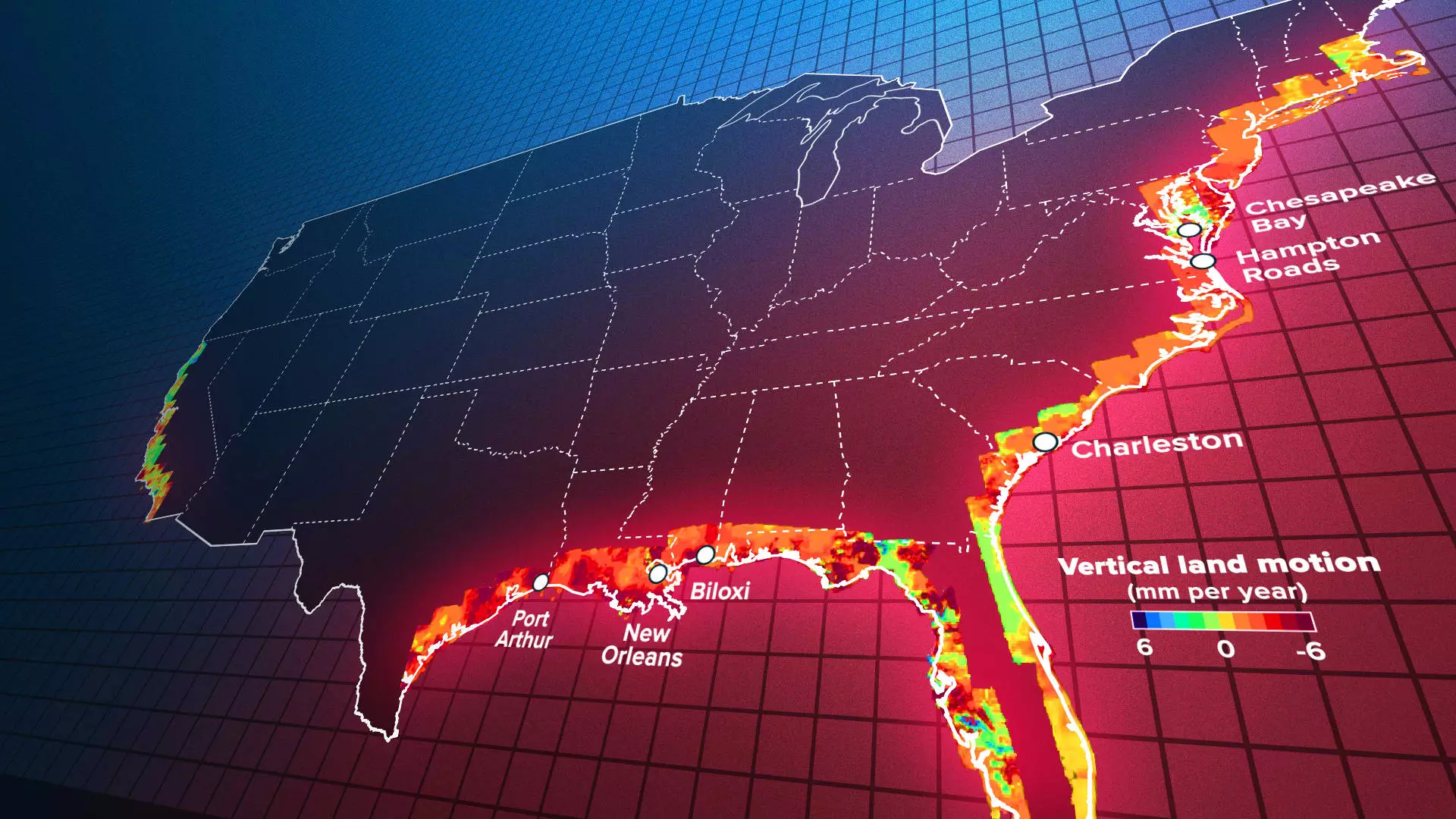Many U.S. cities, including New Orleans, New York City, Miami, and south San Francisco, are experiencing the concerning issue of land subsidence. This phenomenon poses a serious threat to the integrity of buildings and infrastructure, ultimately affecting homeowners. Studies have shown that land subsidence can cost homeowners up to 6% of their home value. In areas with high subsidence rates, this number can escalate to 8.1%, presenting a significant financial burden on homeowners.
Standard homeowners insurance typically does not cover land subsidence issues, leaving homeowners vulnerable to the potential damages caused by sinking land. However, in some regions, it may be possible to purchase specific coverage for subsidence that is a result of nearby mining activities or mines. This lack of coverage further exacerbates the risks associated with land subsidence, highlighting the need for proactive measures to protect homeowners from potential financial losses.
Natural and Man-Made Causes
Land subsidence can be attributed to both natural and man-made processes. Natural causes include the recession of glaciers in the U.S. and Canada, creating a see-saw effect where land in the U.S. falls while land in Canada rises. Additionally, tectonic processes, such as earthquakes, can contribute to land subsidence. On the other hand, human-induced land subsidence is largely a result of groundwater extraction and building practices. The extraction of groundwater leads to the compaction of the land beneath, making it more susceptible to sinking. Moreover, heavy building materials used in construction also contribute to land subsidence, putting infrastructure at risk.
The sinking land not only poses a threat to homeowners but also puts infrastructure at risk. Infrastructure, such as rail lines, roads, and buildings, are often not designed to account for shifting land caused by subsidence. This lack of consideration can lead to erosion beneath rail tracks, roads, and other structures, creating a dangerous situation for both residents and commuters. The potential costs of repairing and reinforcing infrastructure in areas prone to land subsidence further highlight the urgent need for proactive measures to address this growing threat.
The threat of land subsidence in U.S. cities is a pressing issue that requires immediate attention and action. By understanding the causes and implications of land subsidence, homeowners and policymakers can work together to implement strategies to mitigate the risks associated with sinking land. From improved building practices to enhanced infrastructure design, collaborative efforts are essential to safeguard communities from the damaging effects of land subsidence.

